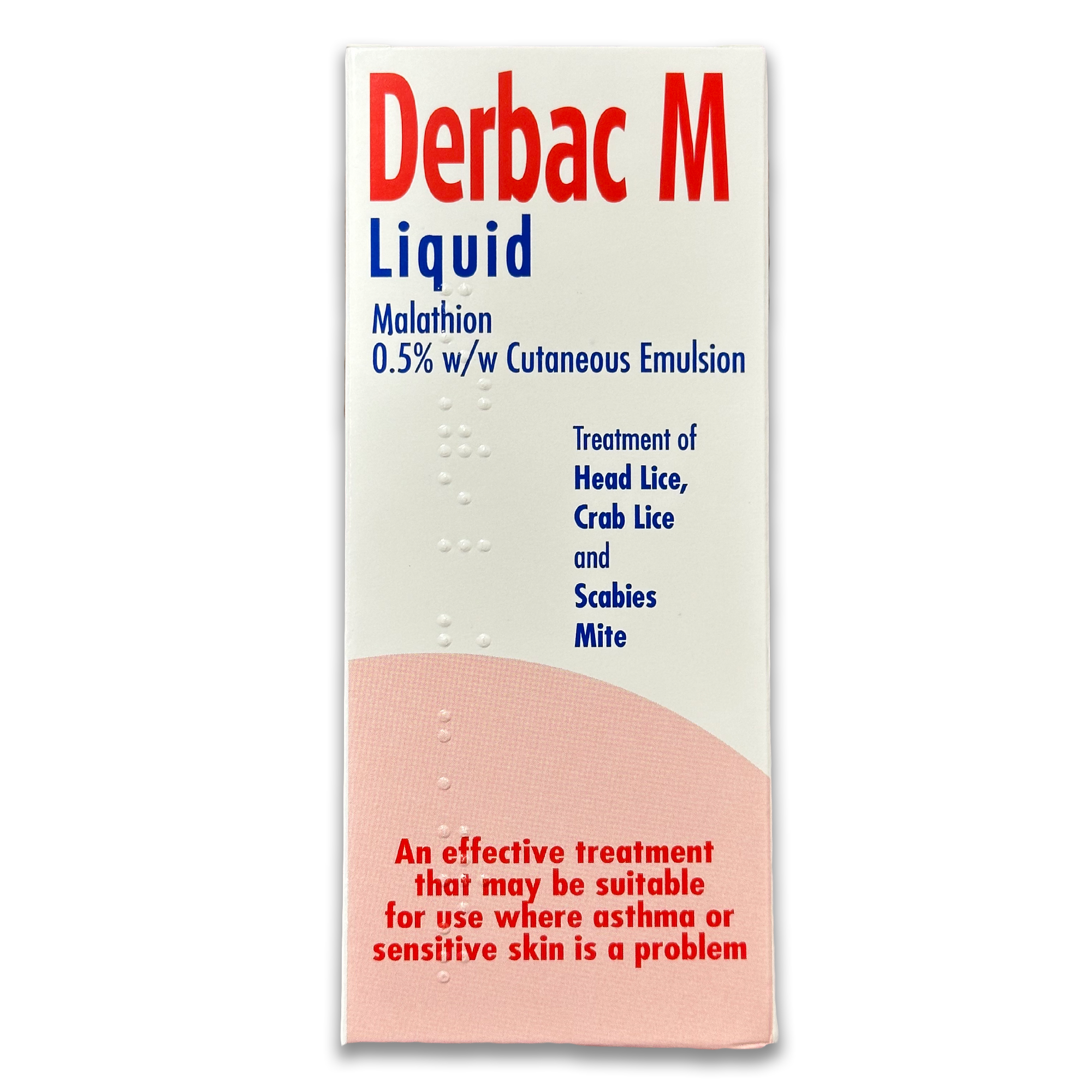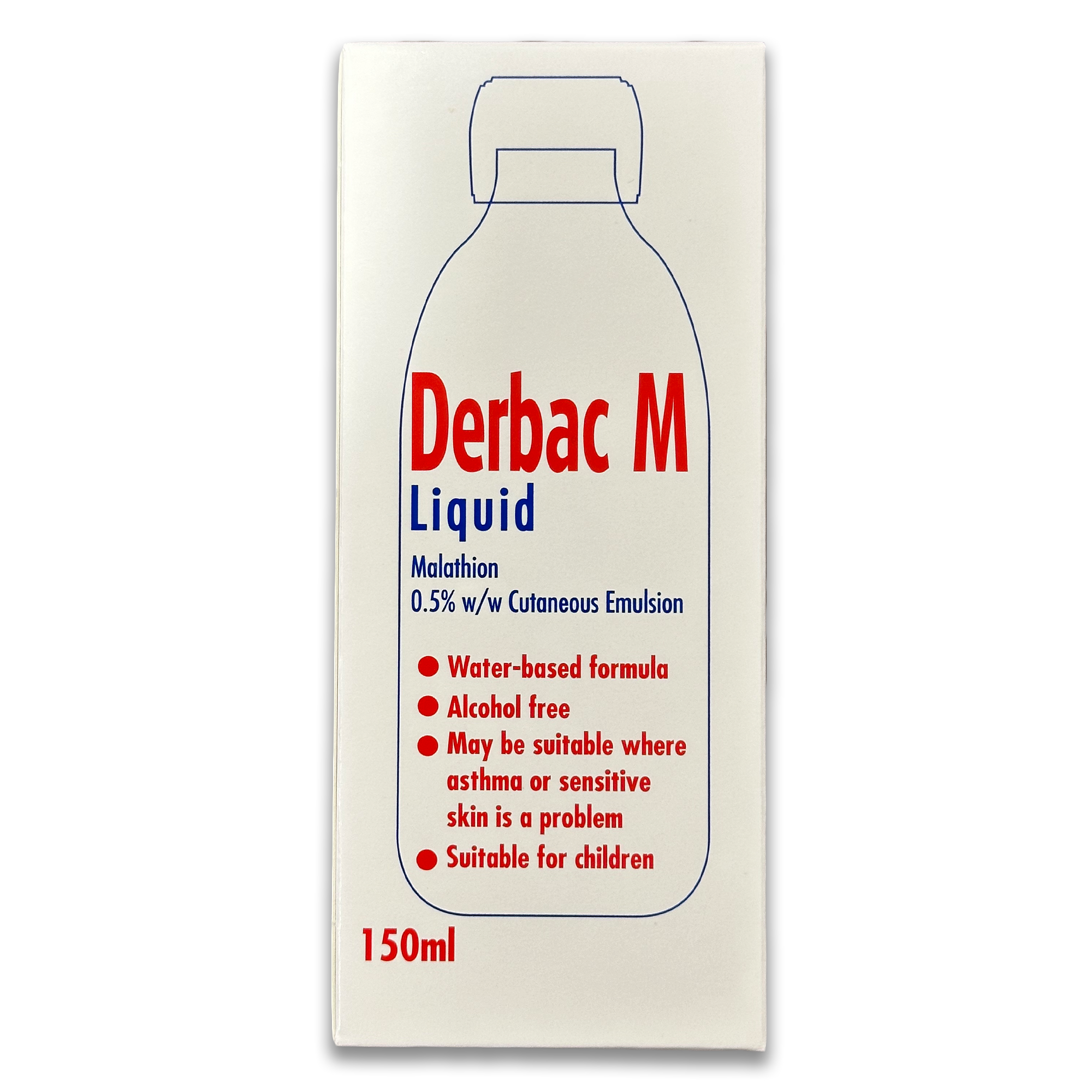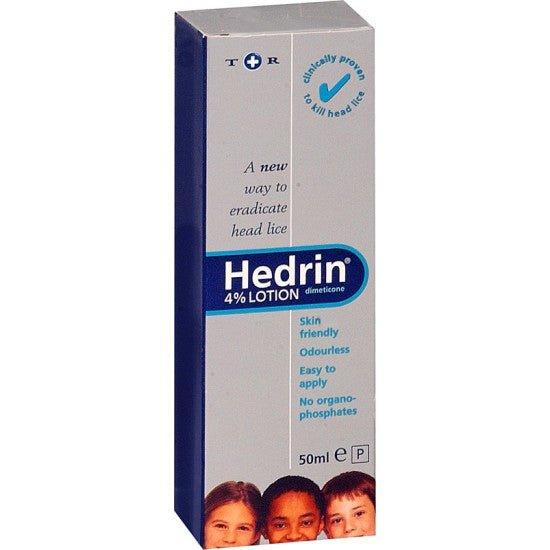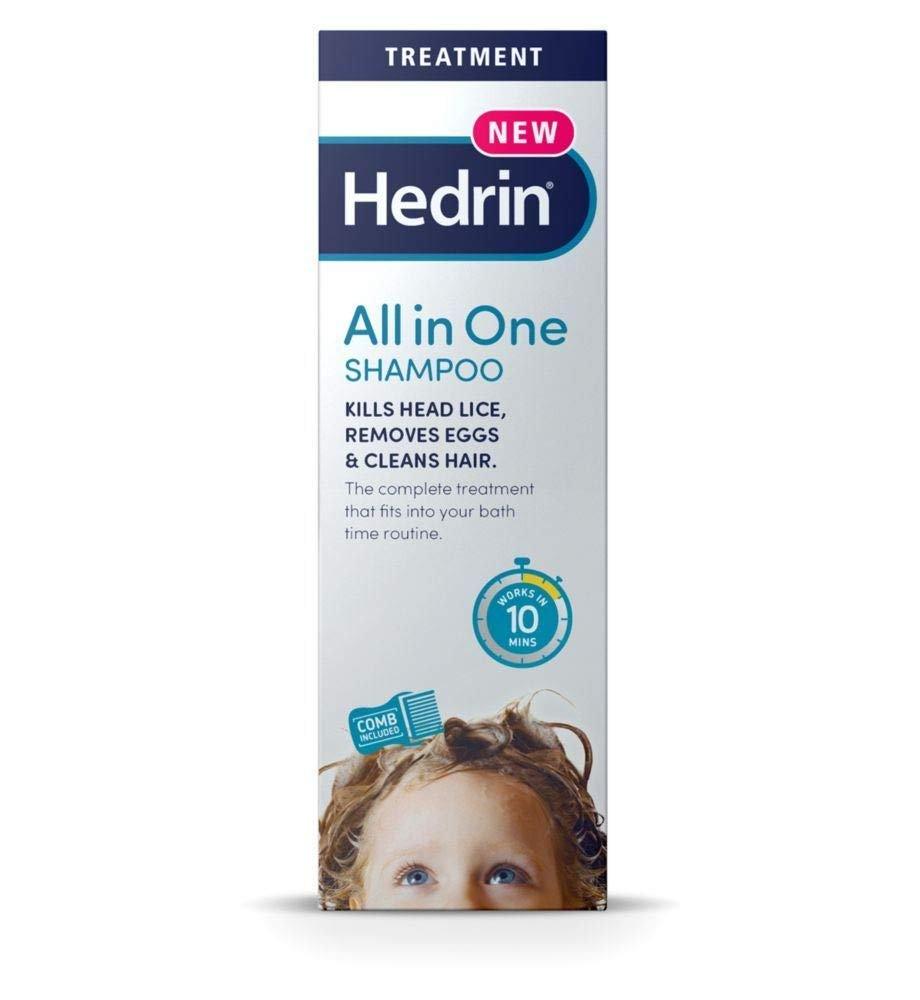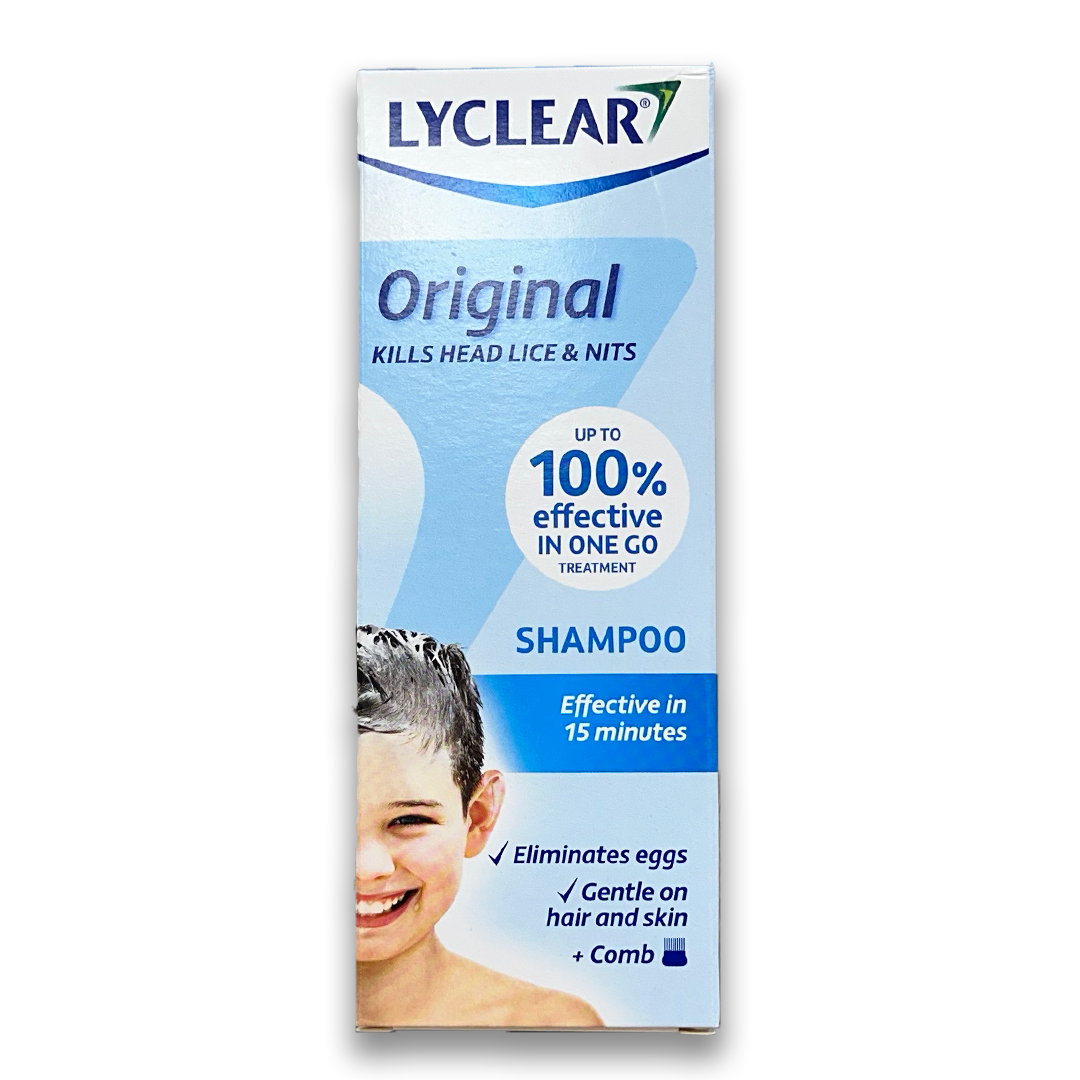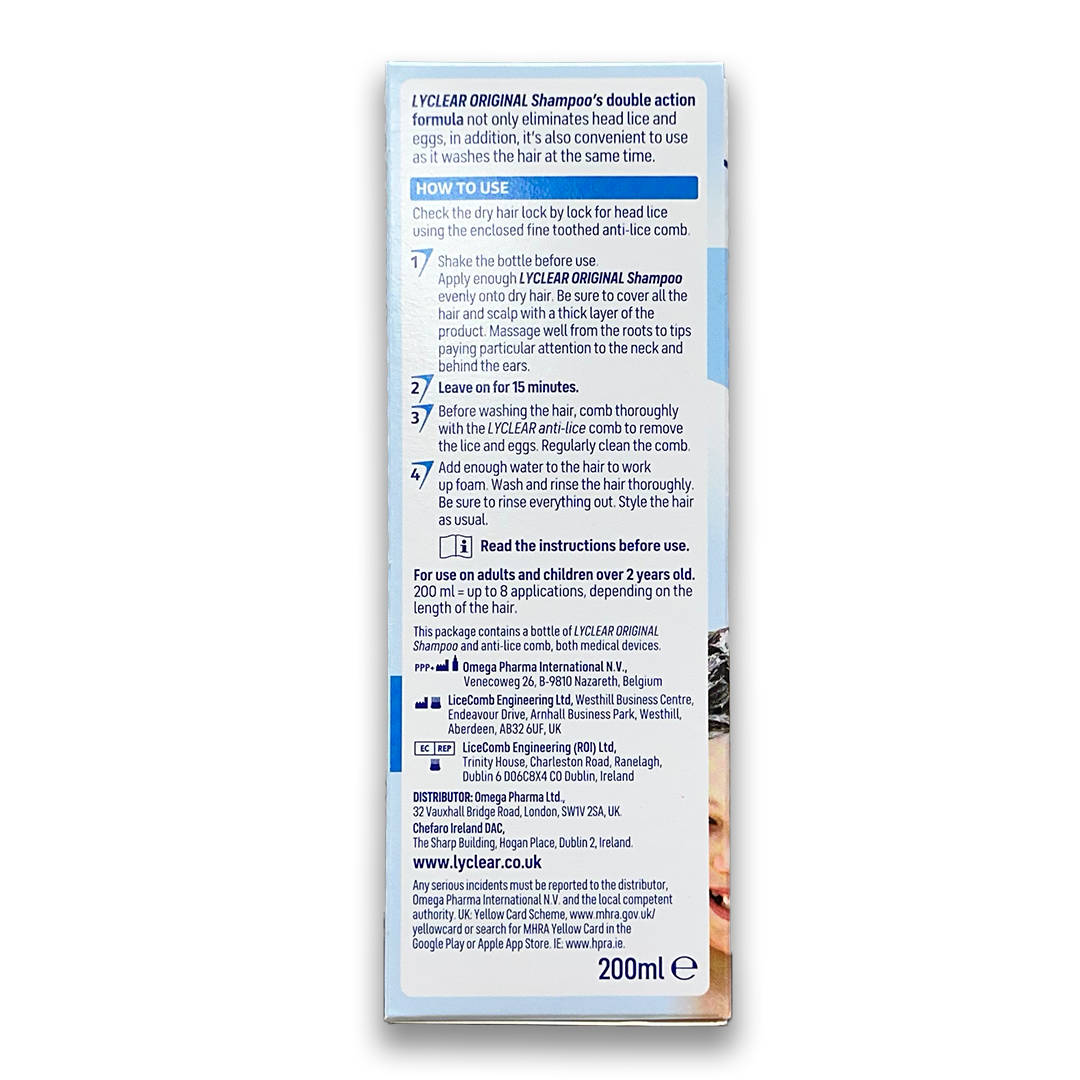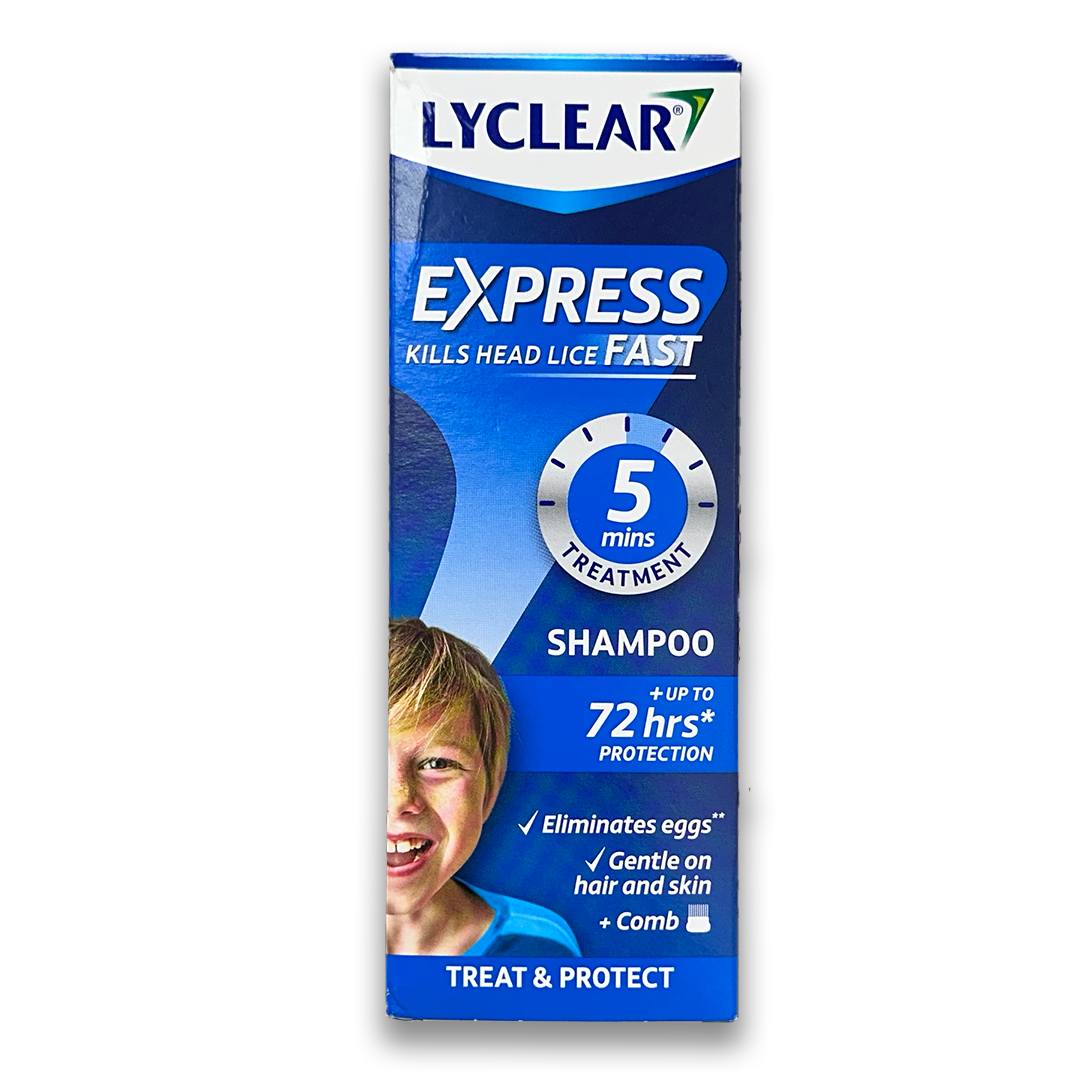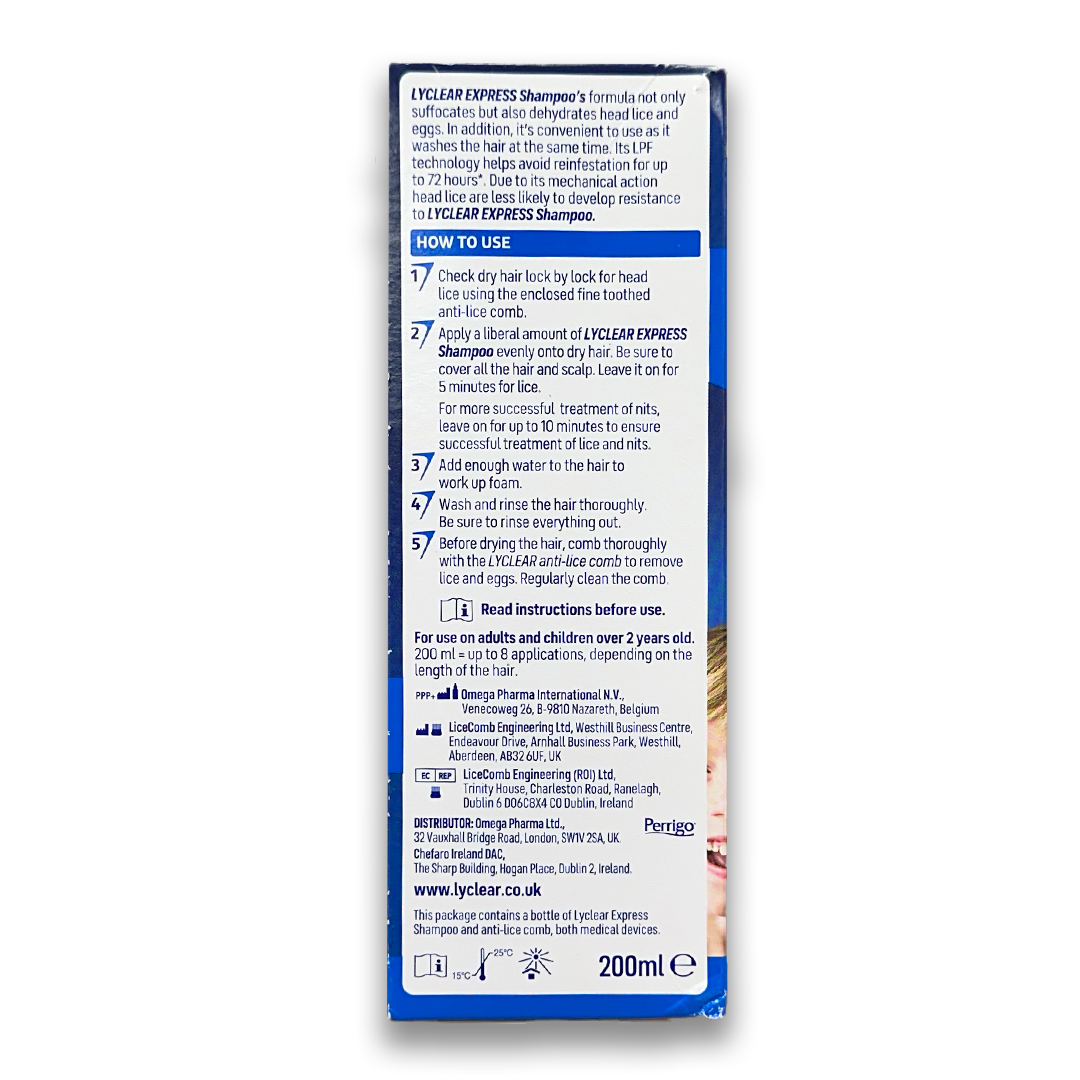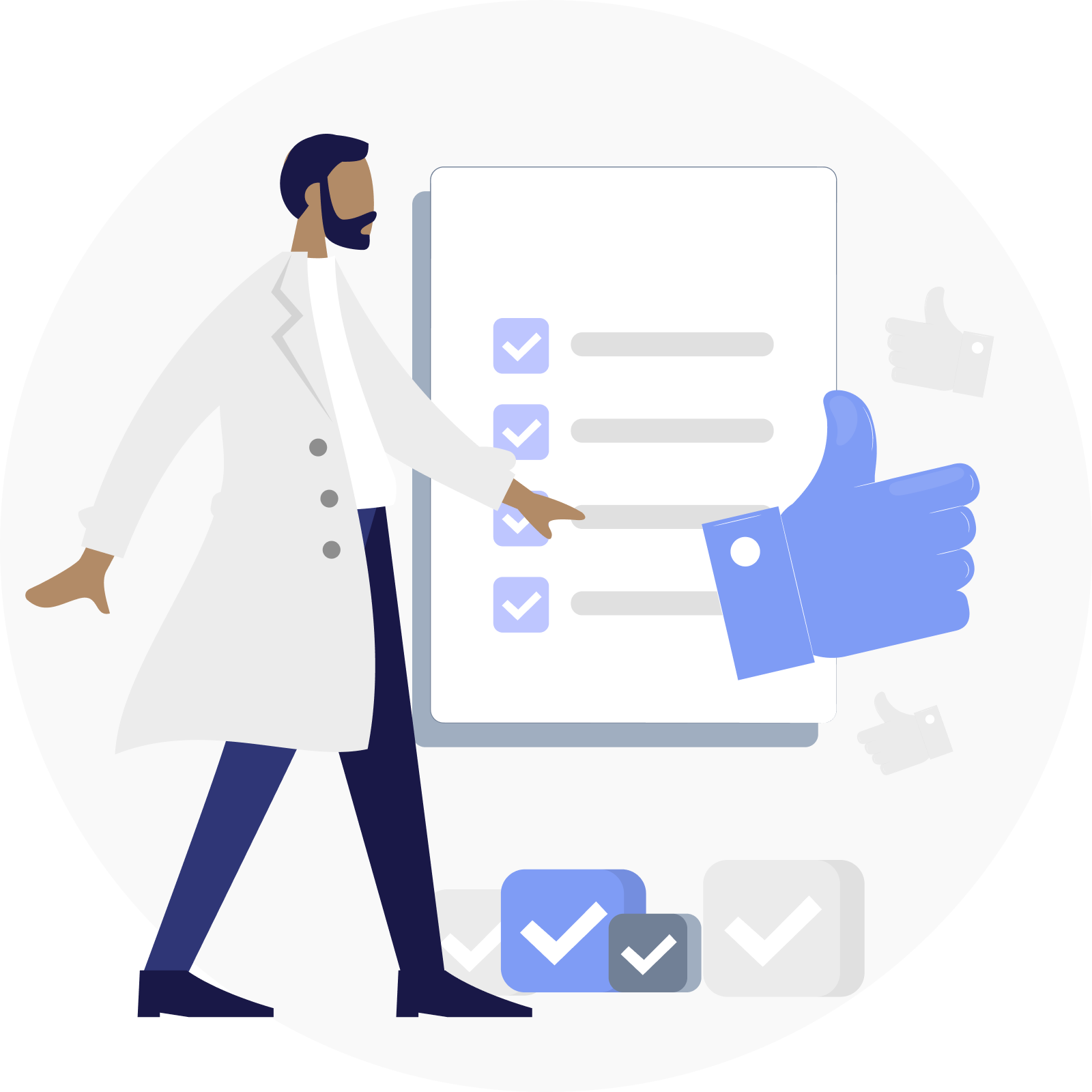
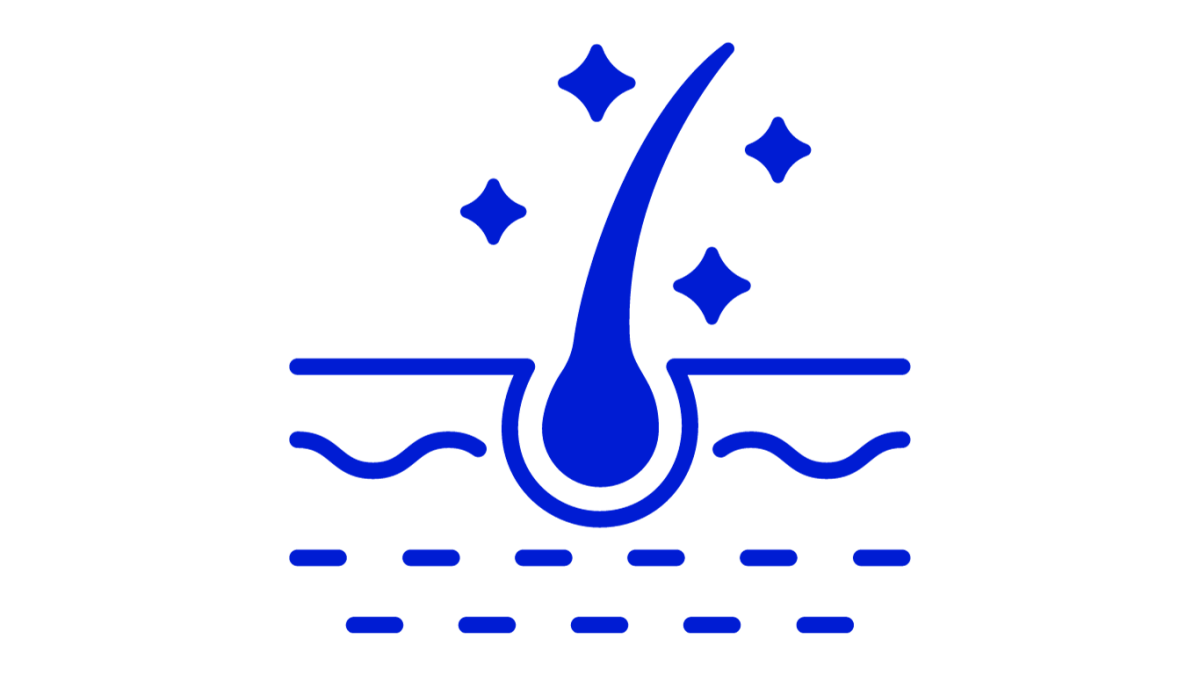
About Hair Lice
Cause
Diagnosis
Treatments
Prevention
Further Info
FAQs
Are head lice harmful, and can they transmit diseases?
Can I prevent my child from getting head lice at school or daycare?
Can adults get head lice, or is it mainly a childhood issue?
Can natural remedies like mayonnaise or olive oil effectively treat head lice?
We are here to help 👋
For assistance, please contact our customer service at info@rightangled.com. We are available Monday to Friday from 8 am to 5 pm. For urgent issues, please do not use this email. Instead, call 111, or dial 999 in case of an emergency.

